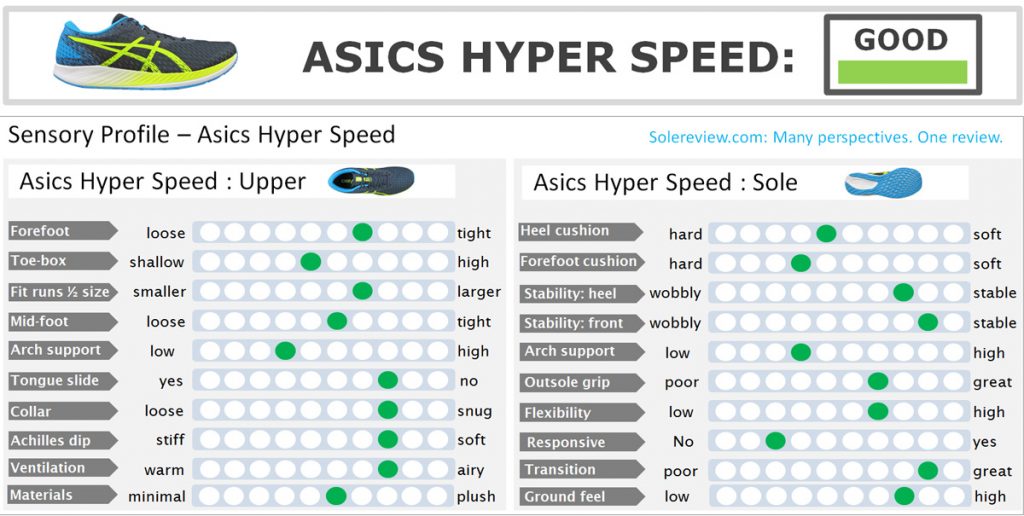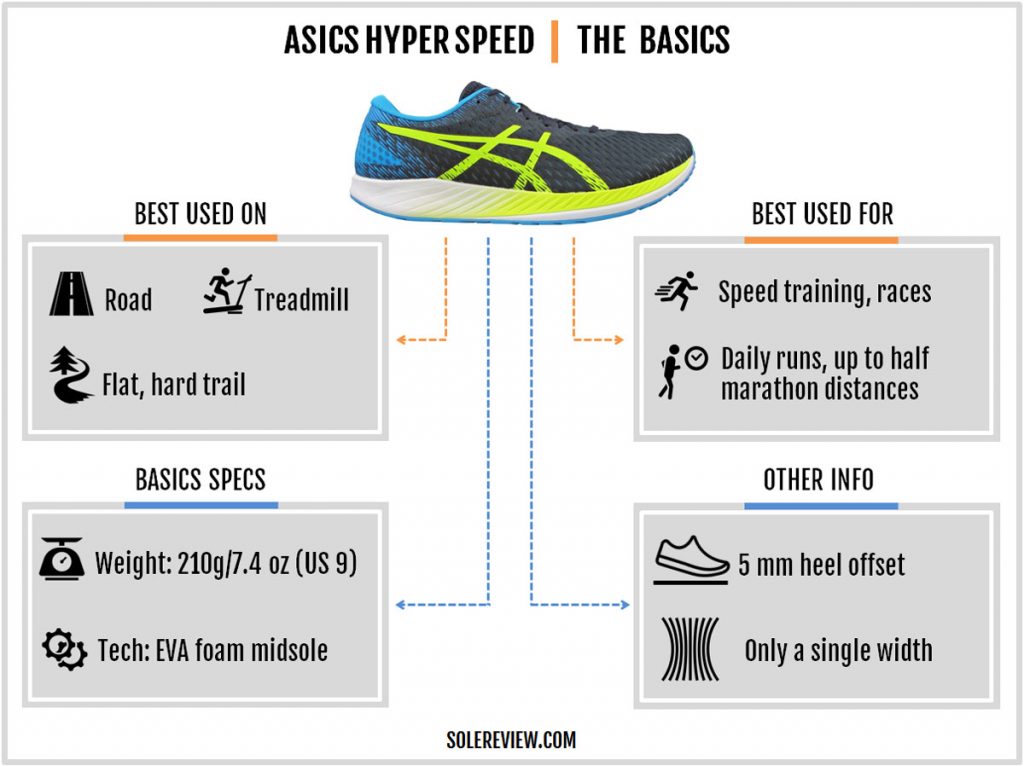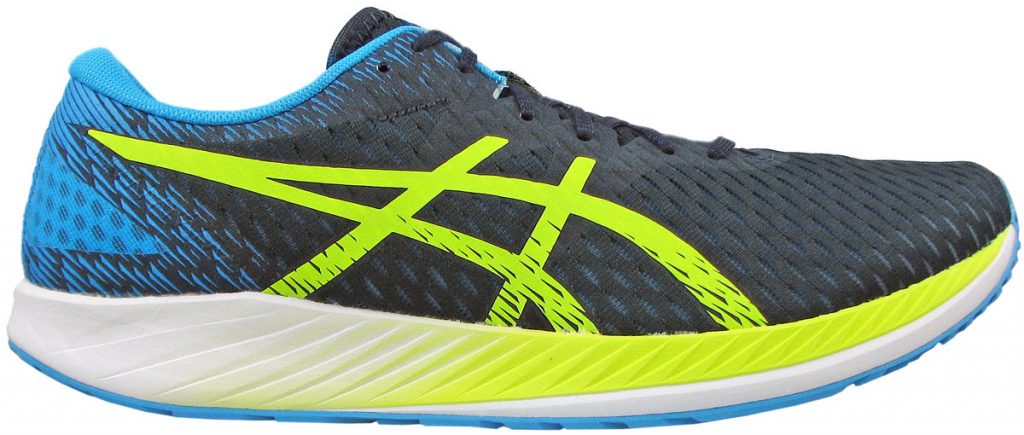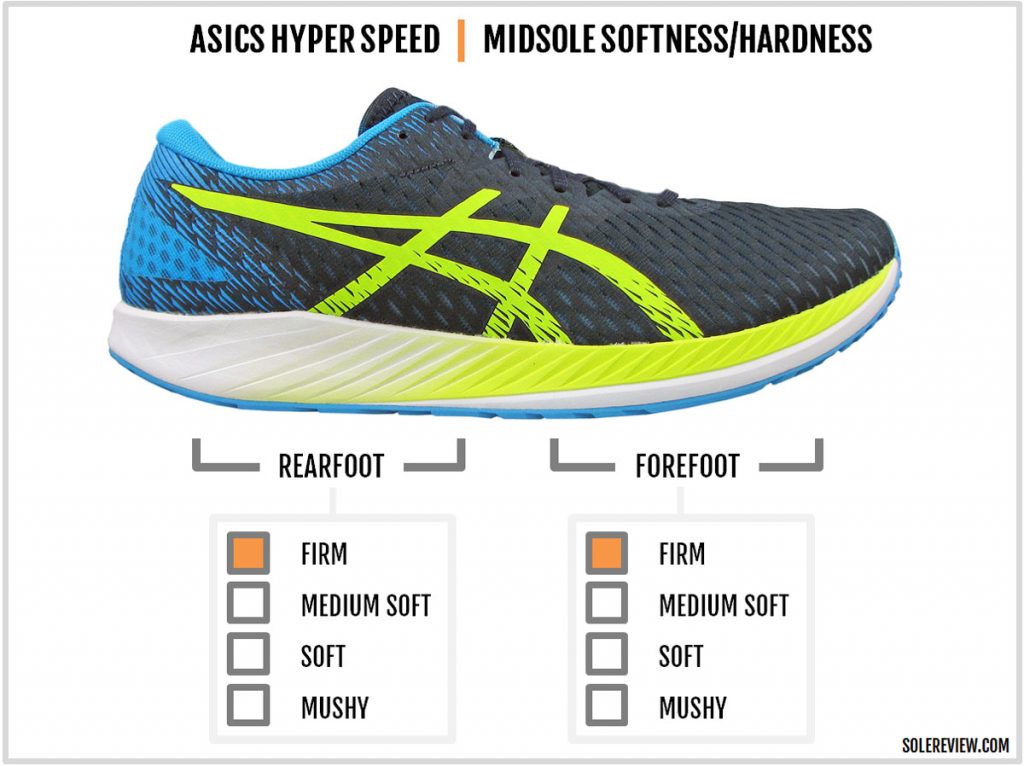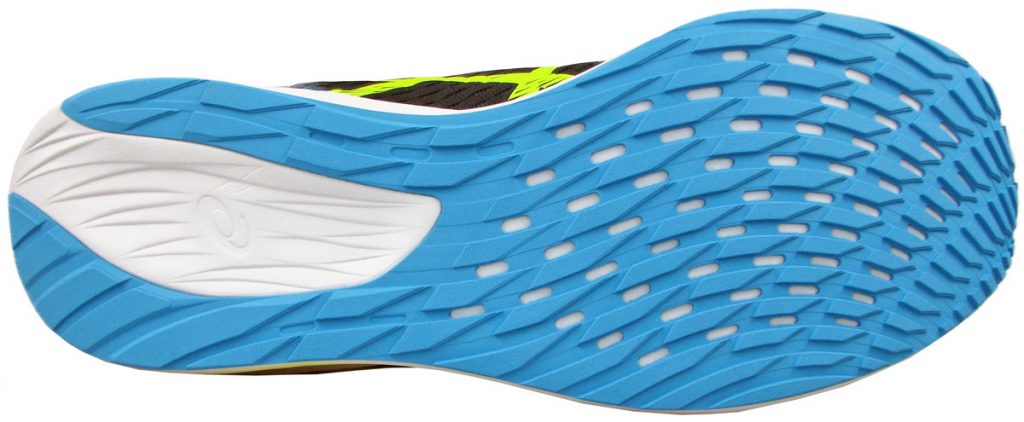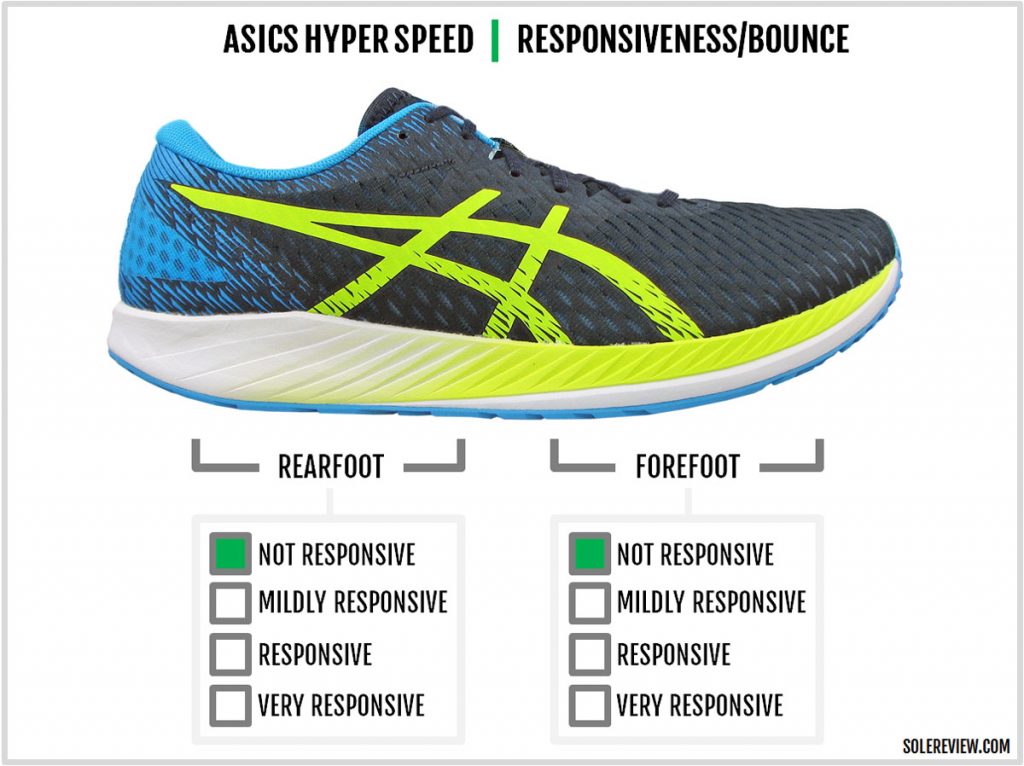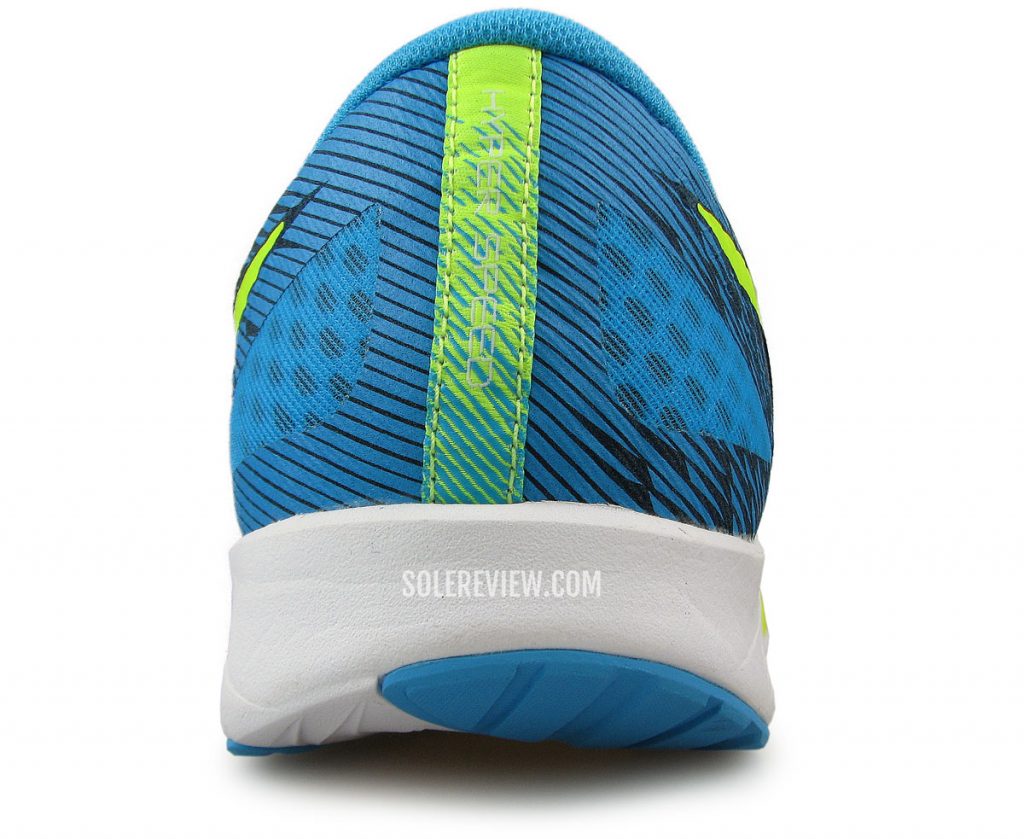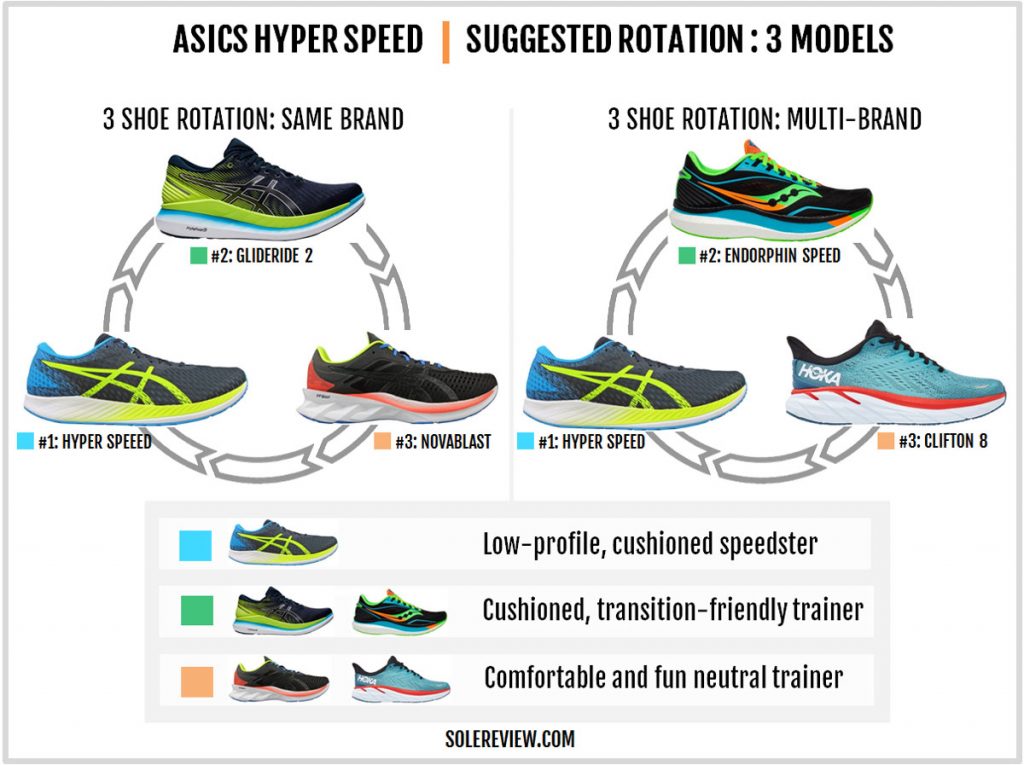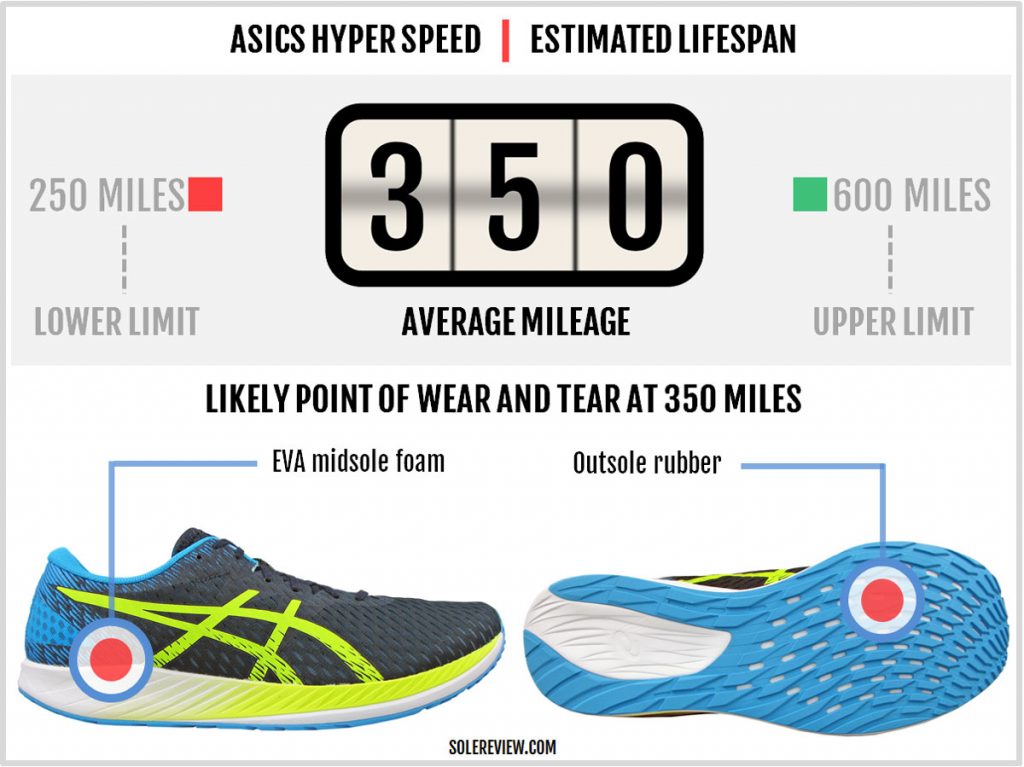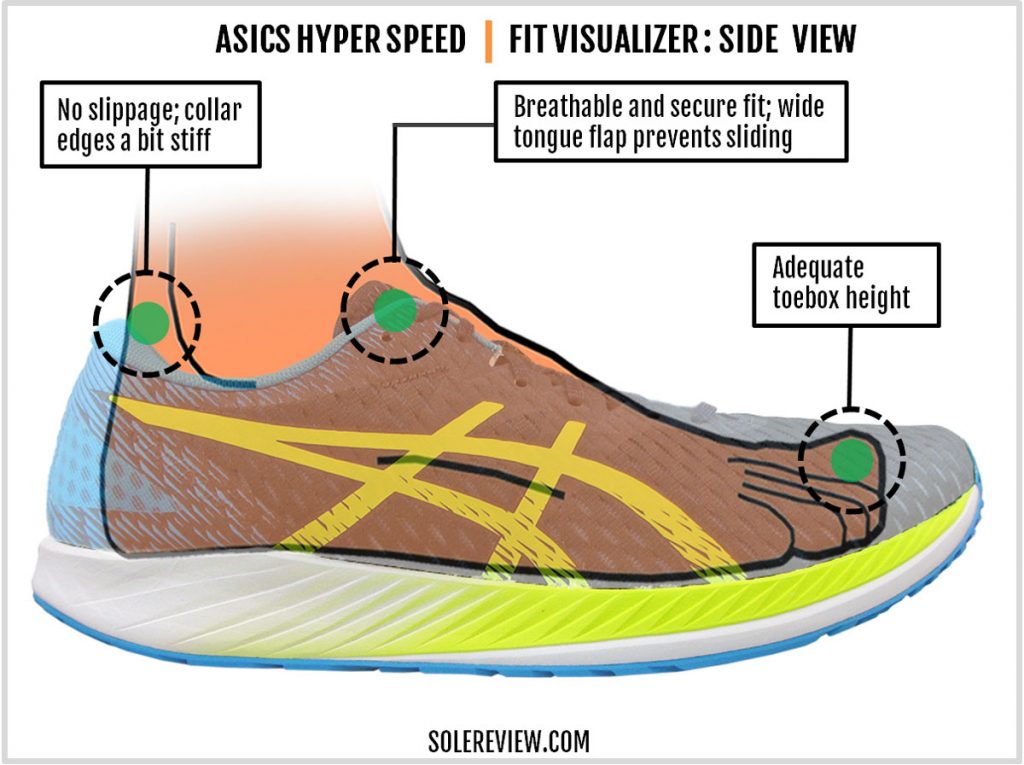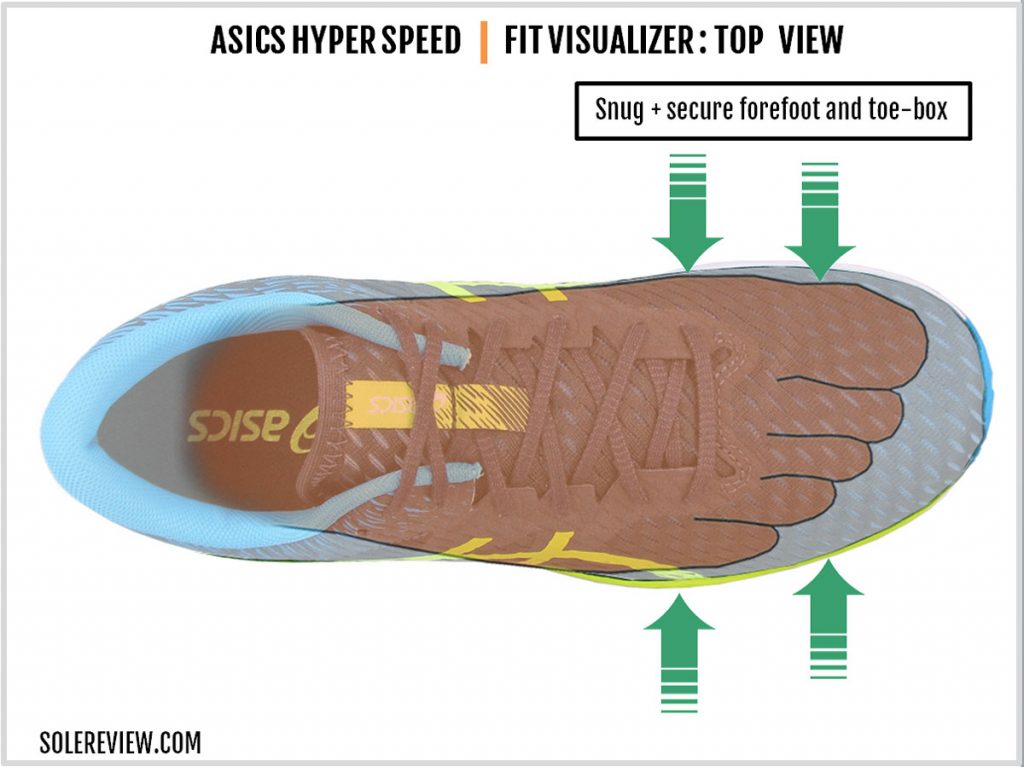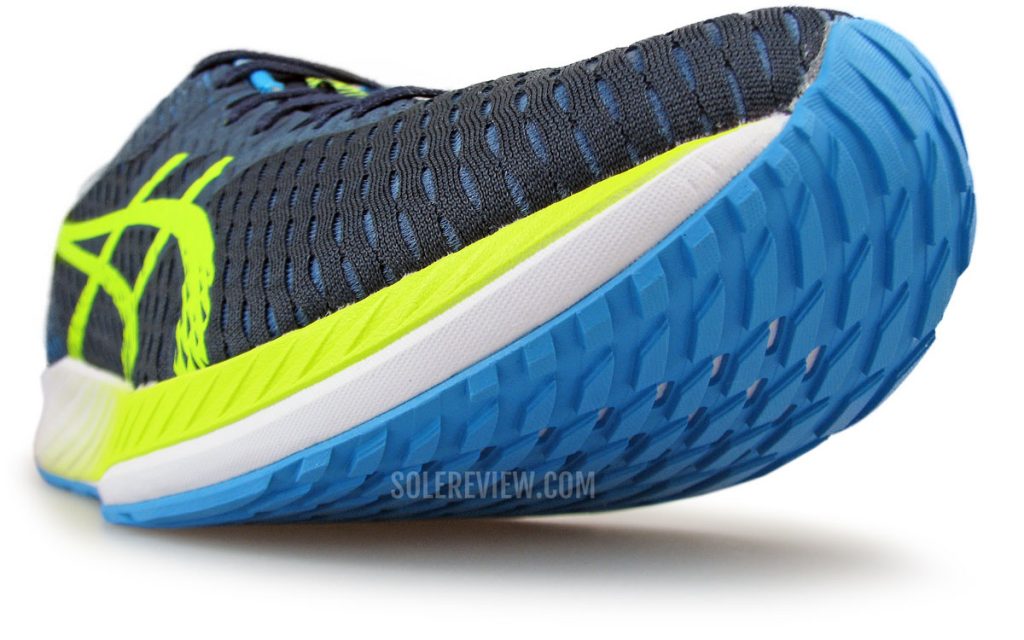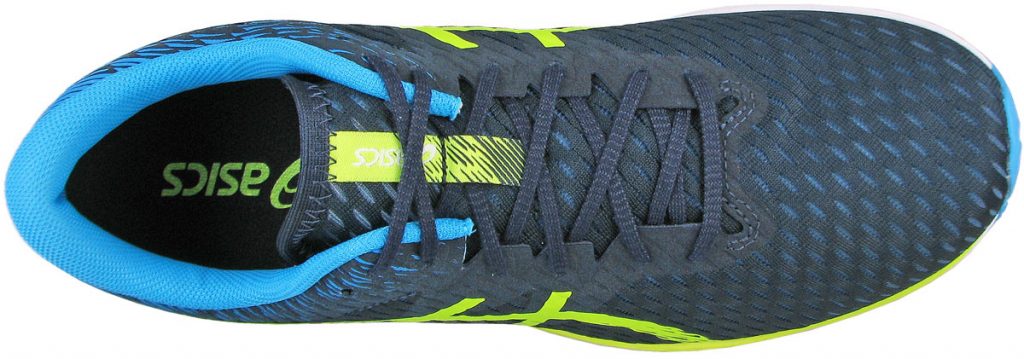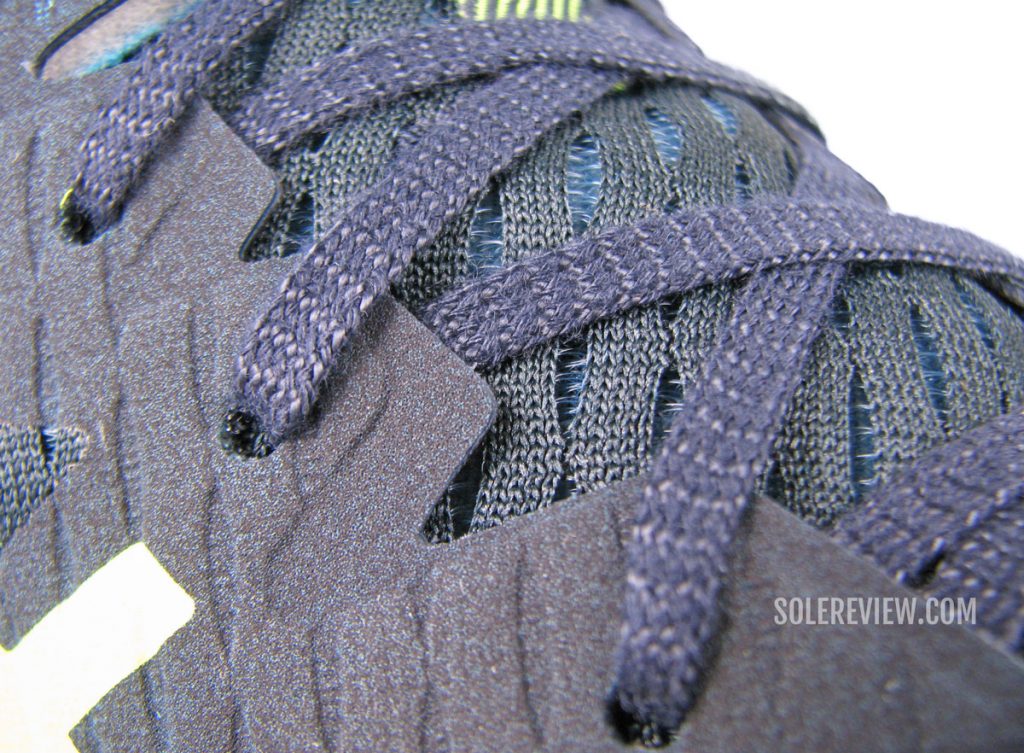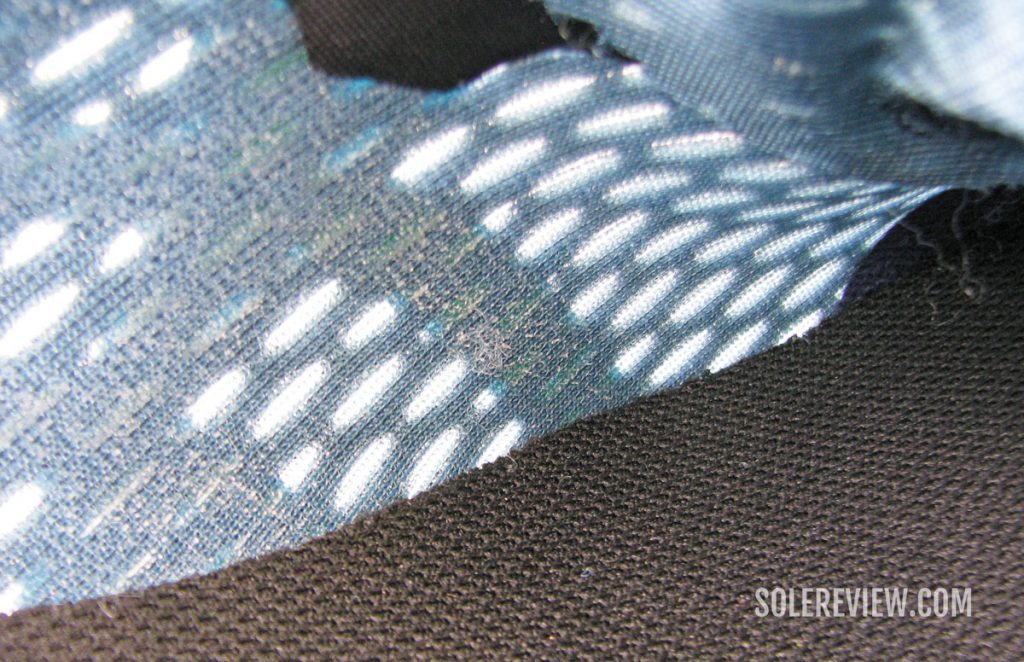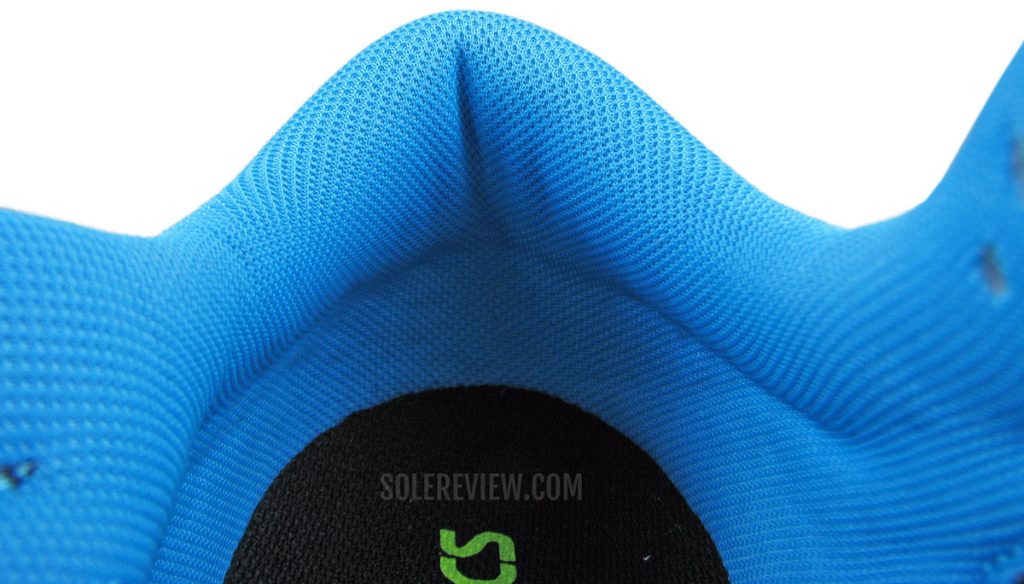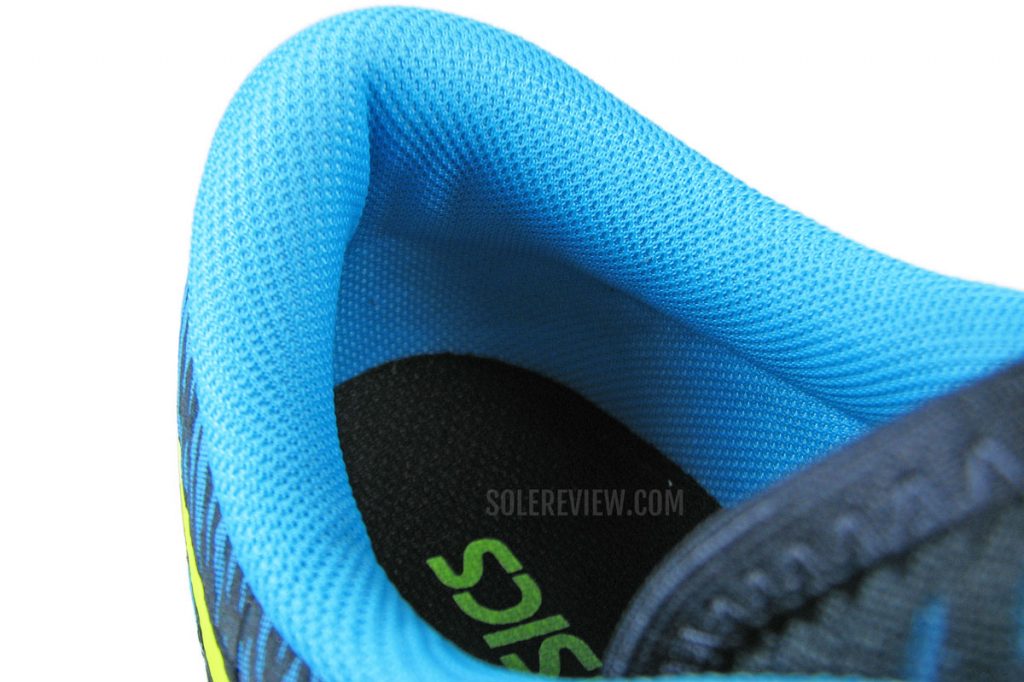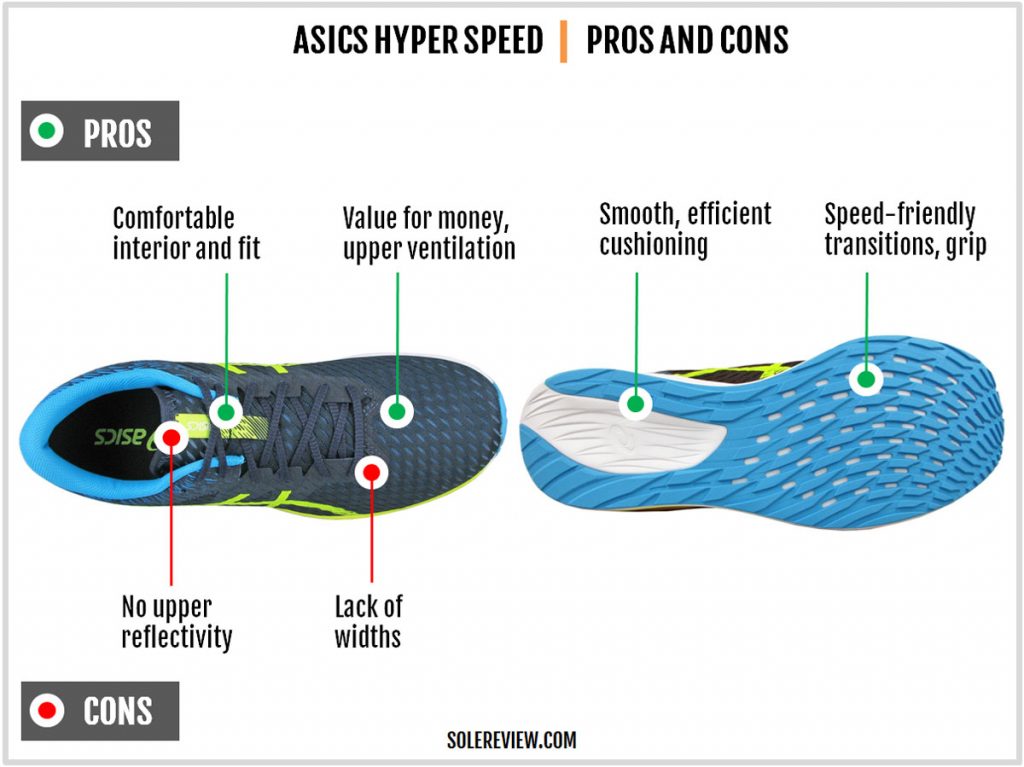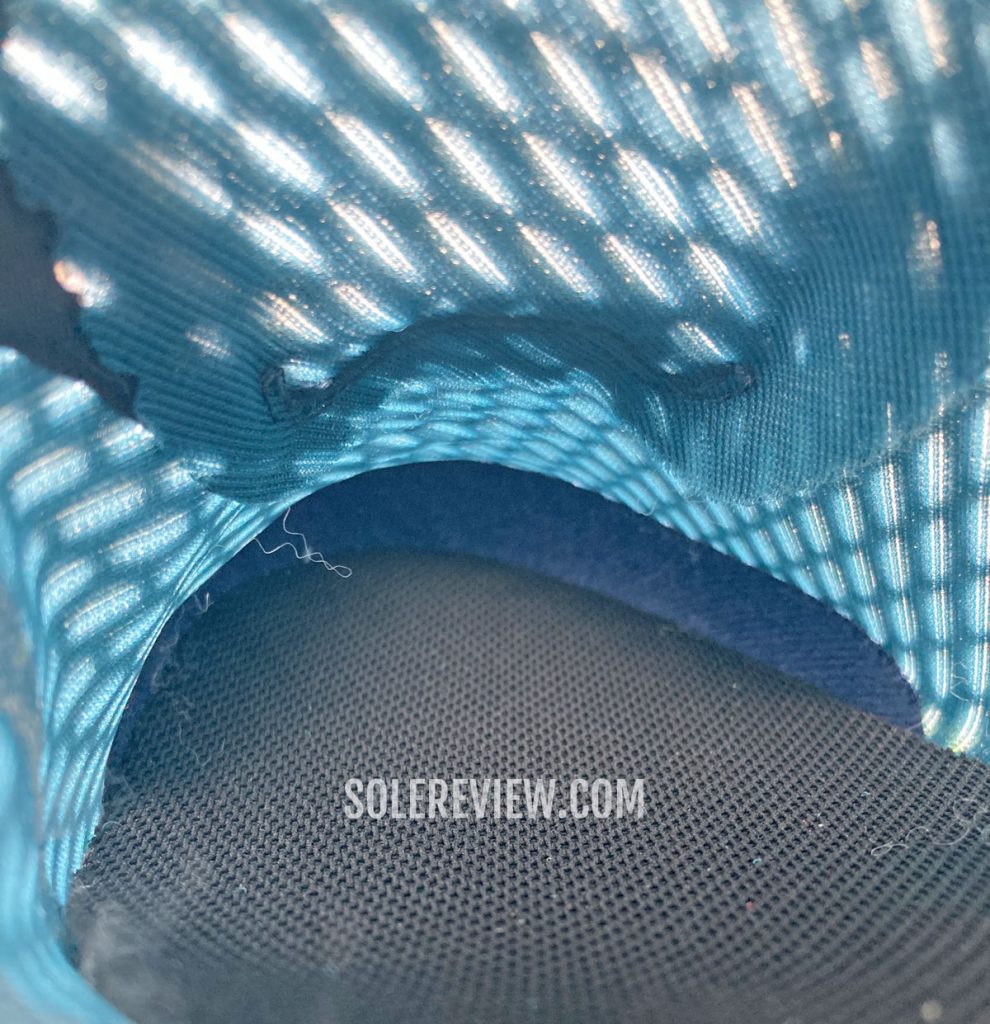INTRODUCTION
The sub-$100 running shoe segment isn’t what it used to be.
For many years, a running shoe below the $100 price threshold was merely an afterthought for most brands.
As recently as 5 years ago, an entry-level product had a tangible cheapness. Speaking of Asics, the upper materials had an acrid industrial smell, and the midsole and outsole often lacked the finishing levels of the more expensive models. However, once the shoe crossed the psychological $100 price barrier, it would suddenly gain a higher level of fit and finish. That sounds absurd, but it was true.
Thankfully, the situation has greatly improved. There’s plenty of value to be discovered in the affordable running shoe assortment across brands.
However, it’s worth noting that most of the shoes that retail below $100 are regular daily trainers and trail running shoes. We’re hopeful that there’s greater product diversity in the works, but as of today, the assortment is top-heavy with daily neutral trainers.
This is where the $90 Asics Hyper Speed adds differentiated value to this price band.
While low-profile trainers like the $90 Brooks Pureflow 7 exist, the Hyper Speed is one of the very few products that inhabit the rare zone between the racing flat and low-profile trainer (like the Saucony Kinvara 12) sub-category.
Breaching the $100 price-line presents us with several lightweight trainers/racer options like the adidas Boston 9 and Reebok Run Fast 3, but finding such a product under $100 has always been a challenge. Thus, having a product like the Asics Hyper Speed is very helpful.
Asics describes the Hyper Speed as a ‘modern flat’.
That’s odd, because a racing flat this shoe is not. It’s also worth pointing out that the latest Hyper Speed and previous versions (HyperSpeed 6 and 7) have very little in common. The 2021 model is a complete reset of the series.
The previous generation Hyper Speed was based on a traditional racing shoe silhouette. The ride was very firm, and the fit was narrow – as expected of conventional racers.
In contrast, the 2021 Hyper Speed bridges the performance gap between a low-profile daily trainer and true road racer.
Though the exotic Flytefoam plays no role in the cushioning delivery, the single-density EVA foam midsole adds plenty of distance and tempo-friendly ride comfort. The upper, too, has a comfort-oriented fit that doesn’t stifle the foot in a vice-like grip.
And oh, if you’re wondering why the Hyper Speed looks familiar, that’s because the design is inspired by the Asics Metaracer. There’s no Carbon plate here, though.
THE RIDE EXPERIENCE
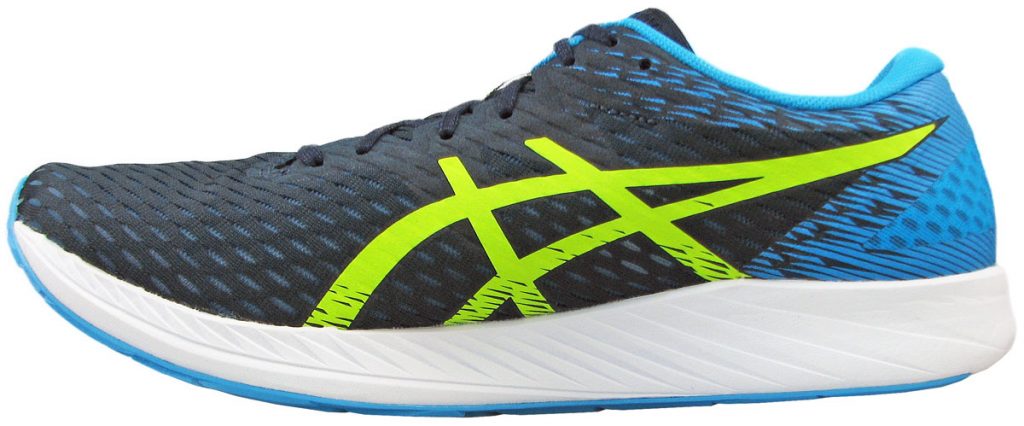
We reviewed the Asics Metaracer recently, so a mental comparison between the Hyper Speed and the high-end plated racer comes naturally during runs. One almost expects the Hyper Speed’s forefoot to have a plate, but there isn’t.
It’s a strange feeling that isn’t justified; it’s not a fair comparison at all.
The Metaracer costs more twice as much, and also has a Carbon plate inside a specially-formulated Flytefoam midsole. Even the Metaracer’s outsole is made of high-tech, anti-slip compound. We all get what we pay for.
The Asics Hyper Speed doesn’t feel cheap, but it’s evident that this shoe is built to a cost. The midsole is standard EVA foam, made in a compression-molded style. A full outsole provides ample coverage, but again, it’s regular rubber.
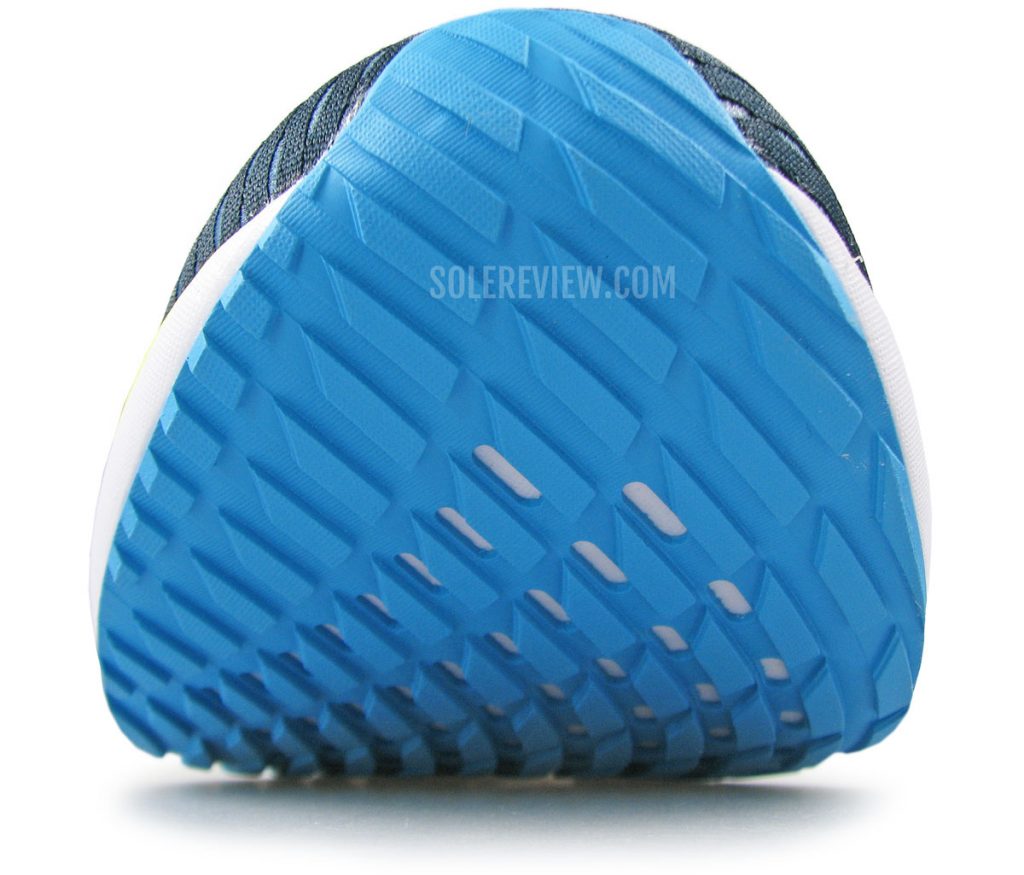
No, the high toe-spring does not produce the ‘Glidesole’ experience. A Carbon plate is not included.
The high toe-spring of the midsole takes inspiration from the ‘Guidesole’ geometry of the more expensive models. However, we don’t get the quick roll-over transition on the Hyper Speed.
On the Hyper Speed, the foot has to do all the work. The thin outsole bends easily with the midsole, so there’s a certain amount of effort needed to complete the transition cycle.
Plate-infused midsoles have spoiled us; it’s almost as if everyone feels entitled to demand a snappy forefoot transition. The Asics Hyper Speed does no such thing. The ride character is very predictable; there’s no concealed tech making the runs easy or fun.
The 5 mm heel-to-toe offset means that the midsole foam is distributed evenly instead of being heel-loaded. Asics mentions the front and rear stack heights as 16 mm and 21 mm, but we felt the midsole to be slightly thicker (+4 mm?) than specified.
The insole adds a few millimeters of stack height, and is non-removable – as it should be on a speed shoe. The lasting underneath is made of a thin fabric that doesn’t contribute to the ride cushioning.
Interestingly, not having a plate increases the Hyper Speed’s versatility rather than having a detrimental effect.
At easy paces ( 6 min/km, 10 min/mile), the EVA midsole serves as a cushioned platform for forefoot and rearfoot strikers alike. The underside of the heel is left exposed, so that results in a softer underfoot feel.
The level of ride comfort is perfect for 10K distances. A half-marathon distance is doable too, but some may find the cushioning lacking.
In the absence of a stiff forefoot with a rollover (aka the Glidesole) effect, there’s no pressure to maintain a certain speed range. At the same time, upping the speeds (at 4:30 min/km, 7 min/mile) also results in an equally predictable midsole behavior that supports higher-cadence runs.
The low-profile midsole is smooth and economical in its cushioning delivery. Even without the ‘Glidesole’ effect, the Hyper Speed is efficient at higher paces. The firm cushioning doesn’t have much give, so the foot progresses swiftly without expending a lot of effort.
Sure, the foot has to work its way through the toe-off phase. So what? There’s a certain charm about the foot controlling the transitions instead of using a Carbon plate as a crutch.
The midsole isn’t made of premium Flytefoam, so the ride isn’t responsive – other than the standard expansion and contraction of EVA foam that occurs.
The rearfoot is fairly stable, and that also includes the forefoot. The ground feel is excellent, so the midsole provides plenty of proprioceptive feedback.
Just like the Metaracer, the forefoot is relatively slim, so there isn’t a lot of underfoot support. A curved midsole profile also translates into a lack of under-arch support. That’s a common attribute of speed-focused shoes, so it’s fairly normal and not a shortcoming.
The Asics Hyper Speed covers the rotational requirement of a racer, so may we suggest either the Cumulus 23 or Glideride 2 as the do-it-all daily trainer?
We’re partial to the GlideRide 2 because the plated midsole makes it more enjoyable to run in. The Cumulus 23 is nice, but a bit bland. The plusher Nimbus 23 will also do. Within competing brands, daily trainers like the Saucony Ride 14 (has a firm ride, though) and Ghost 13 are potential Cumulus replacements.
The third shoe could be a slightly tangential choice like the Novablast – a cushioned shoe with a rocker profile that happens to be lighter than the Glideride. It can also be swapped with the Hoka Clifton 8.
We’d also like to suggest the Saucony Endorphin Speed – it’s an excellent long-distance racer with gobs of lightweight comfort. The Nylon plate inside the PEBA super-foam midsole adds the springy snap that we’ve all come to love.
We’re not implying that the Endorphin Speed and GlideRide 2 are similar – far from it. They’re both very different in how they deliver their ride character, but adds rotational value to the Hyper Speed.
IS THE ASICS HYPERSPEED DURABLE?
Except for some midsole creasing and scuffing on the exposed foam area (under the heel), there are no durability concerns – at least from a short-term perspective.
In the long term, the EVA foam midsole will eventually lose its cushioning. And as for the insole, it barely has any padding to start with.
The rubber outsole will undergo its gradual wear and tear, but nothing drastic – the pliable outsole lacks an aggressive lug surface and works cohesively with the midsole.
THE UPPER DESIGN AND FIT
The Hyper Speed’s upper has a simple yet effective design. The exterior shell is a single piece of breathable engineered mesh that’s joined only at the heel. Fused layers are used as a reinforcement as well as a style element.
Unlike the Metaracer, there’s no drainage hole at the tip. Nonetheless, the upper breathes well.
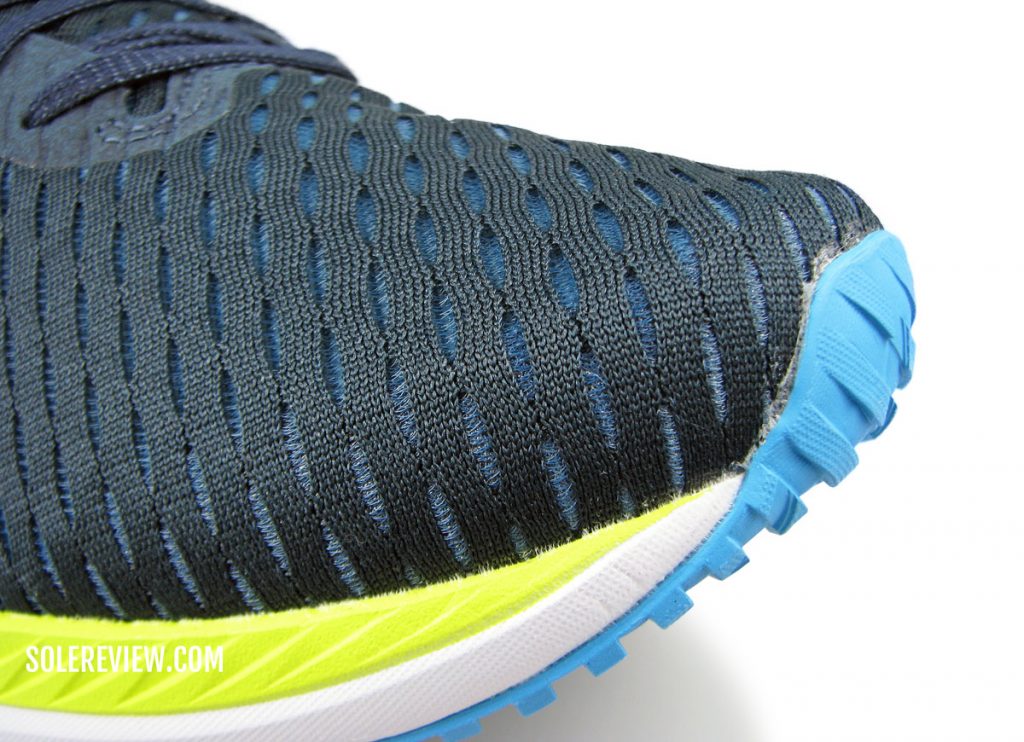
The toe-box and forefoot have a comfortable, true-to-size fit. It’s not as narrow-fitting as a racer.
Inside, the sizing fits true. There’s a hint of longness in the fit, but the shallow-feeling toe-box tones down that sensation.
The curved midsole forefoot bends the mesh over the foot, thus making the toebox feel shallower than it actually is.
The tongue is joined (to the forefoot) with a seam, but it’s hard to tell – the integration is that good. Also, the lack of a sleeve doesn’t lead to a tongue slide, and readers must wonder why.
Asics employs a trick that Mizuno has used since the Triassic period – a wide tongue flap that fills in the gaps on either side. With no space available for slide, the tongue stays put.
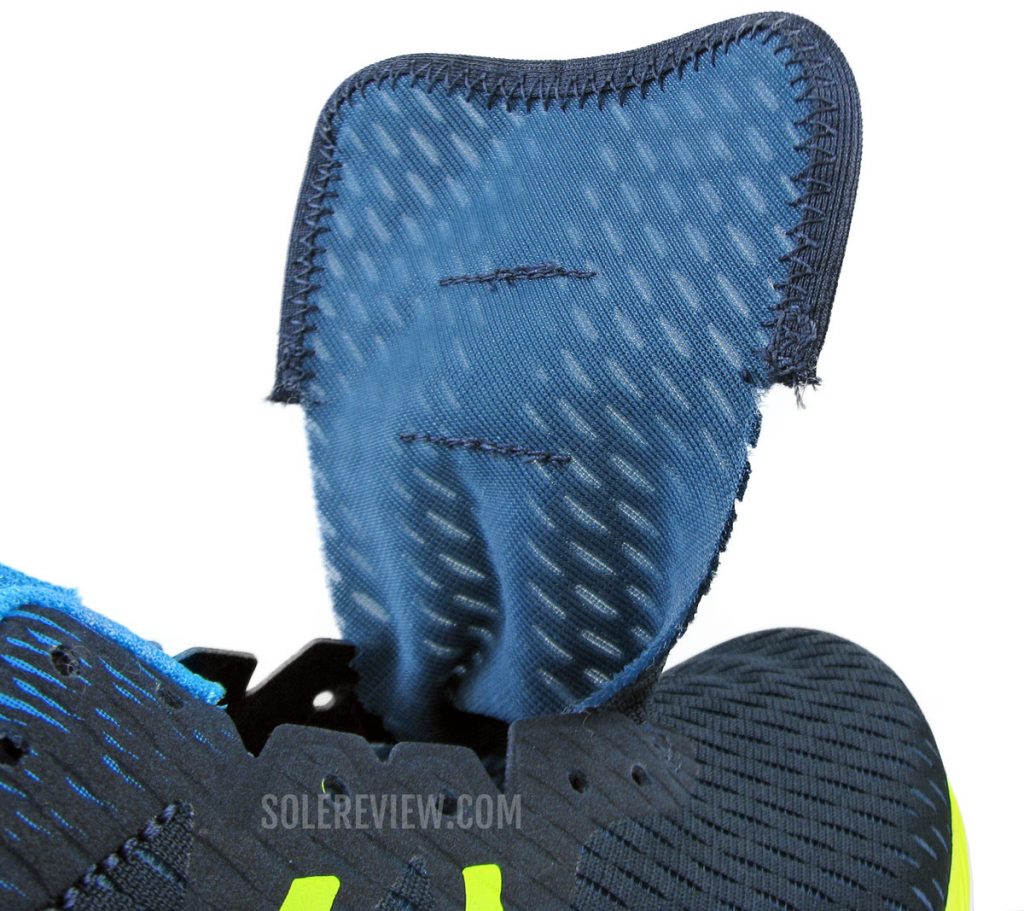
The wide tongue flap doesn’t move sideways during runs. The sizing label (not seen here) is in its right place too.
The tongue is flat, very racer-like, and breathes well. And unlike the Metaracer’s tongue, the sizing label is located in the right place. We should all be grateful for small mercies.
The midfoot is locked in with the help of thin flat laces (not stretchable, though) that cinch effectively without applying uncomfortable top-down pressure.
In the rear, the heel cups the foot securely. Unlike the Spartan tongue, there’re regular trainer levels of foam padding in the collar, and that helps make the grip more effective.
An internal counter provides more structure than the collapsible heel of the higher-priced Metaracer.
However, the outer collar is slightly higher than it should be – by just a couple of mm. It’s not a big deal, since it doesn’t cause any discomfort. Just a minor detail we thought of pointing out.
Reflective trims aren’t included on the upper, and widths aren’t available either.
PROS AND CONS
Considering its excellent price-value, there’s not much to nitpick about the Hyper Speed.
The midsole is made of plain EVA foam, but there’s no dearth of cushioning – as long as the distances involved are under the half-marathon range.
The low-profile stack with its 5 mm offset is excellent for fast runs, and the cushioning consistency adds versatility. The outsole traction is dependable, even on wet roads.
Except for the absence of low-light visibility elements and widths, the upper does no wrong. The overall fit and feel have a pleasing quality with functional security for speed runs.
The interiors are smooth and breathable; the thin forefoot and tongue mesh helps the air circulate. The wide tongue flap prevents sideways slide – even without the help of a gusset. The collar edges are a bit stiff, but the overall heel grip inspires confidence.
SHOES SIMILAR TO THE ASICS HYPER SPEED
We kicked off this review by saying the Asics Hyper Speed is a rather uncommon entry-level offering. The latter’s unique positioning poses a challenge; not many shoes compete directly with the Hyper Speed. At least not at a sub-$100 price.
Only the Brooks Pureflow 7 comes to mind. It’s a low-profile trainer with a 4 mm heel-to-toe offset that’s over an ounce heavier than the Hyper. Its flexible and cushioned midsole delivers efficient transitions along with a slightly higher level of comfort. The Pureflow is a model with a long history; it originated in the heydays of the ‘barefoot running’ movement.
The Altra Vanish and Skechers Horizon Vanish 2 (yes, both shoes are named the Vanish) are somewhat comparable; both have an MSRP of $100.
The 0 mm offset Altra is almost a true racing ‘flat’, so it’s not as versatile as the Hyper Speed. The Skechers shoe also leans towards the racing flat silhouette. It weighs a mere 5.6-ounces and has a softer ride along with a narrower upper that lacks creature comforts like heel padding.
The New Balance Fresh Foam Tempo is a softer and plusher trainer for fast runs, but it retails at $110.
Do you own this shoe? Improve this review by sharing your insights – submit a review here.

